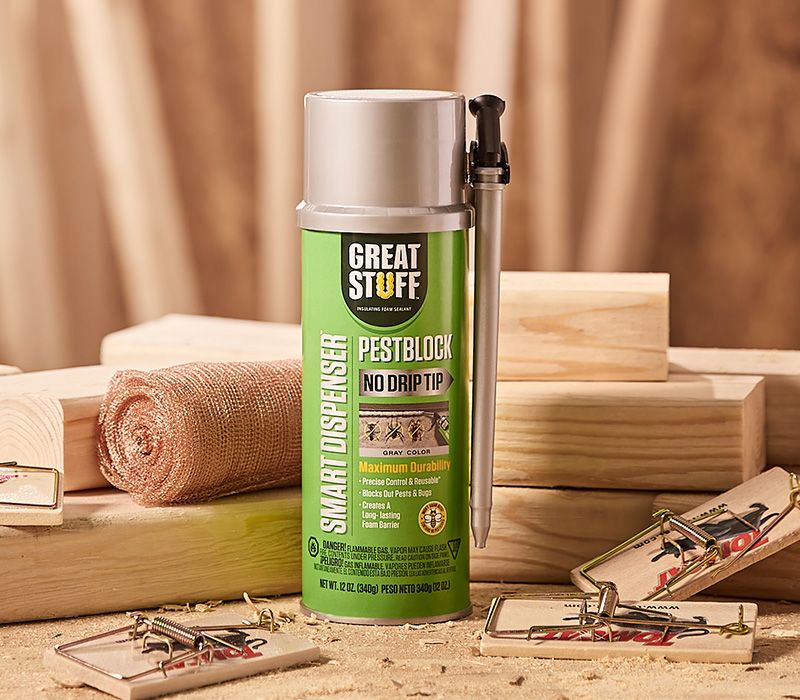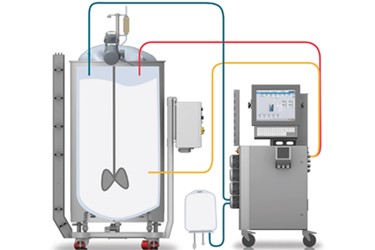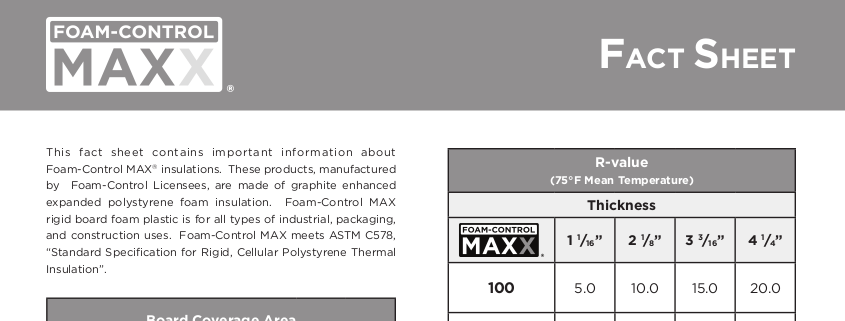Specialist Tips on Implementing Foam Control in Chemical Handling Environments
Specialist Tips on Implementing Foam Control in Chemical Handling Environments
Blog Article
Effective Techniques for Attaining Ideal Foam Control in Chemical Manufacturing
Efficient foam control is a crucial facet of chemical manufacturing that can dramatically influence production effectiveness and item quality. By recognizing the mechanisms of foam formation and choosing ideal anti-foaming agents, producers can take aggressive measures to reduce extreme foam. Furthermore, the execution of procedure optimization methods and advanced tracking systems plays a crucial duty in keeping optimum operating conditions. The subtleties of these strategies can differ widely across various applications, elevating vital inquiries concerning ideal techniques and real-world applications that warrant additional exploration.
Recognizing Foam Development

Surfactants, or surface-active agents, reduce the surface area stress of the liquid, helping with bubble security and advertising foam generation. Furthermore, agitation or blending procedures can boost bubble formation, frequently exacerbating foam concerns. The attributes of the liquid medium, consisting of viscosity and density, more influence foam behavior; for instance, even more viscous liquids have a tendency to trap air better, bring about boosted foam stability.
Understanding these fundamental aspects of foam development is essential for efficient foam control in chemical manufacturing. By identifying the conditions that advertise foam advancement, manufacturers can apply targeted techniques to minimize its unfavorable effects, consequently enhancing production procedures and making sure consistent item quality. This fundamental expertise is important prior to discovering specific techniques for managing foam in commercial settings.
Selection of Anti-Foaming Agents
When selecting anti-foaming representatives, it is necessary to take into consideration the details characteristics of the chemical process and the sort of foam being created (Foam Control). Numerous factors influence the efficiency of an anti-foaming representative, including its chemical make-up, temperature level security, and compatibility with various other procedure products
Silicone-based anti-foams are widely used due to their high efficiency and broad temperature variety. They work by minimizing surface tension, enabling the foam bubbles to integrate and damage more easily. Nonetheless, they might not be suitable for all applications, particularly those entailing sensitive formulations where silicone contamination is a concern.
On the other hand, non-silicone agents, such as mineral oils or organic substances, can be useful in details circumstances, especially when silicone residues are undesirable. These agents often tend to be much less efficient at higher temperature levels yet can give reliable foam control in other conditions.
In addition, recognizing the foam's origin-- whether it arises from oygenation, anxiety, or chain reactions-- guides the option process. Testing under real operating conditions is important to make sure that the chosen anti-foaming representative satisfies the unique needs of the chemical manufacturing process properly.
Refine Optimization Techniques
Effective foam control is a vital facet of optimizing chemical production procedures. By fine-tuning these specifications, drivers can decrease disturbance, consequently minimizing foam development during mixing.
Furthermore, regulating temperature level and pressure within the system can dramatically impact foam generation. Reducing the temperature level may decrease the volatility of particular parts, bring about lowered foam. Keeping optimum stress degrees aids in mitigating excessive gas release, which contributes to foam stability.
One more efficient technique is the her response critical enhancement of anti-foaming representatives at critical points of the process. Cautious timing and dosage can make sure that these representatives properly subdue foam without interrupting various other procedure parameters.
Moreover, integrating a systematic analysis of basic material residential properties can aid identify naturally lathering materials, permitting preemptive procedures. Last go to this site but not least, performing routine audits and procedure testimonials can disclose inadequacies and areas for enhancement, enabling continuous optimization of foam control techniques.
Tracking and Control Systems
Surveillance and control systems play a critical function in maintaining optimum foam administration throughout the chemical manufacturing procedure. These systems are necessary for real-time observation and change of foam degrees, guaranteeing that production performance is made the most of while decreasing interruptions brought on by extreme foam formation.
Advanced sensing units and instrumentation are utilized to discover foam thickness and elevation, offering crucial information that notifies control algorithms. This data-driven technique enables for the prompt application of antifoaming agents, making certain that foam degrees stay within appropriate limitations. By integrating tracking systems with process control software program, suppliers can execute computerized reactions to foam fluctuations, lowering the demand for hand-operated treatment and improving operational uniformity.
Furthermore, the assimilation of maker learning and anticipating analytics right into checking systems can assist in positive foam management. By examining historical foam information and operational specifications, these systems can anticipate foam generation patterns and suggest preemptive steps. Regular calibration and maintenance of tracking devices are necessary to ensure precision and dependability in foam discovery.
Ultimately, reliable surveillance and control systems are essential for maximizing foam control, advertising safety and security, and improving general performance in chemical production environments.

Study and Ideal Practices
Real-world applications of surveillance and control systems highlight the importance of foam administration in chemical manufacturing. A significant instance research entails a large pharmaceutical maker that carried out an automated foam detection system.
An additional excellent instance originates from a petrochemical business that embraced a mix of antifoam agents and process optimization techniques. By analyzing foam generation patterns, the company customized its antifoam dosage, leading to a 25% decrease in chemical use and significant price savings. This targeted method not only decreased foam interference but likewise boosted the overall security of the production process.

Conclusion
In final thought, accomplishing optimal foam control in chemical production necessitates a comprehensive strategy incorporating the choice of appropriate anti-foaming representatives, execution of procedure optimization techniques, and the assimilation of innovative tracking systems. Normal audits and training further enhance the effectiveness of these approaches, cultivating a culture of constant renovation. By dealing with foam development proactively, suppliers can dramatically boost manufacturing efficiency and item top quality, eventually adding to even more cost-effective and sustainable procedures.
By comprehending the mechanisms of foam formation and choosing suitable anti-foaming agents, producers can take positive actions to alleviate too much foam. The features of the liquid medium, consisting of viscosity and thickness, more impact foam habits; for instance, more thick liquids often tend to trap air a lot more successfully, leading to enhanced foam security.
Comprehending these fundamental elements of foam development is important for effective foam control in chemical production. By evaluating historic foam data and operational criteria, these systems can anticipate foam generation patterns and suggest preemptive procedures. Foam Control. Regular audits of foam control measures make sure that processes continue to be enhanced, while fostering a society of aggressive foam management can lead to lasting renovations throughout the production spectrum
Report this page